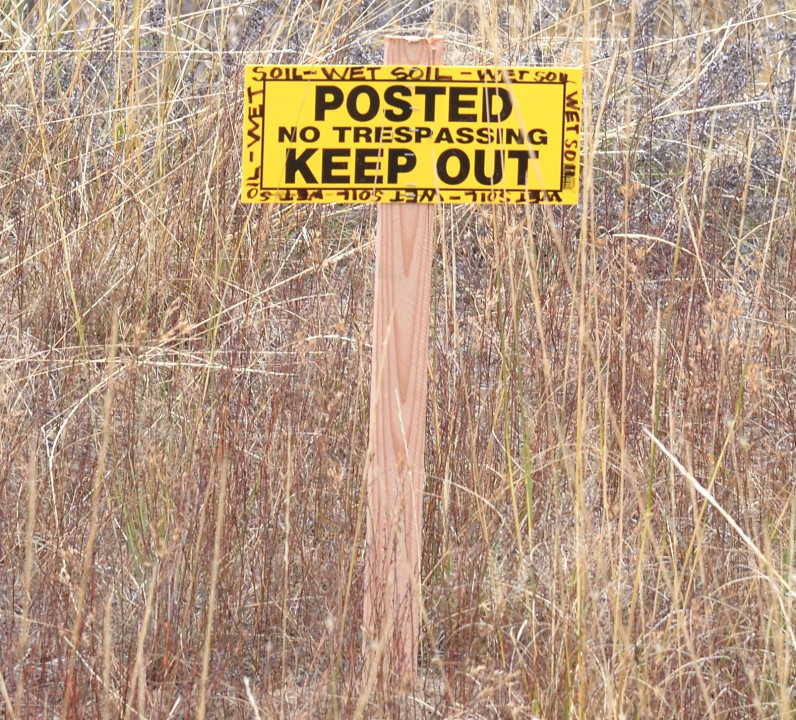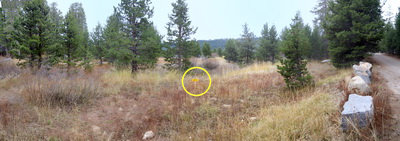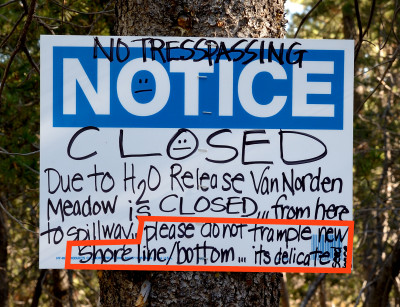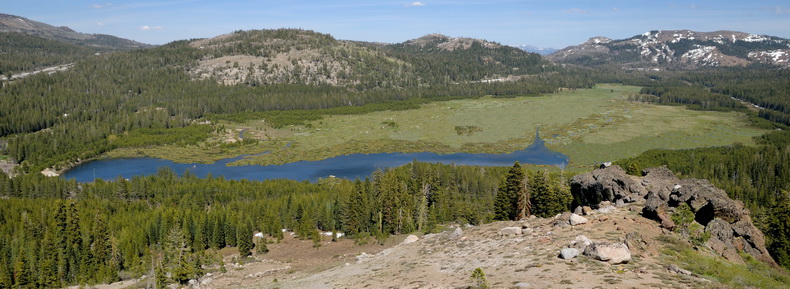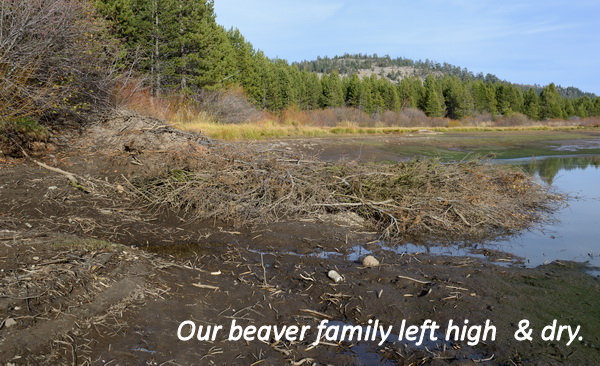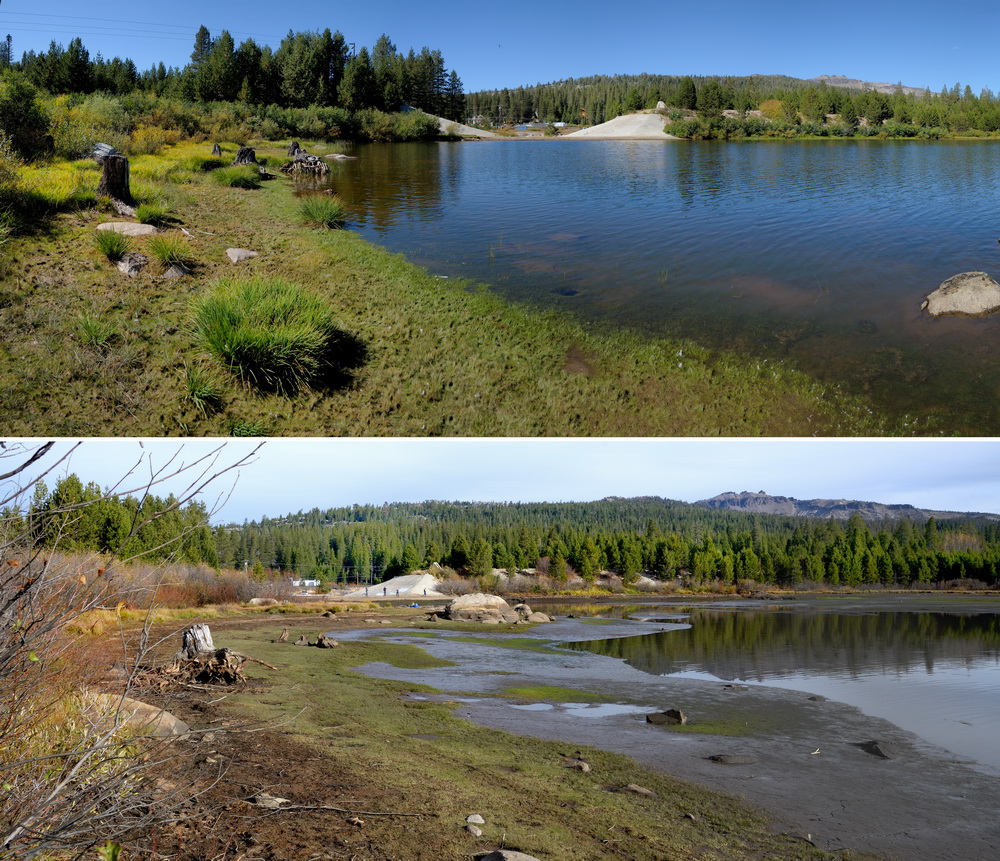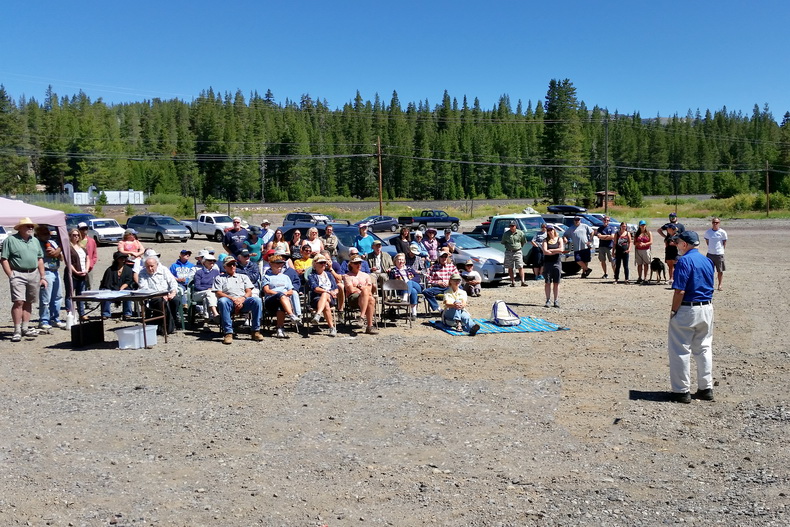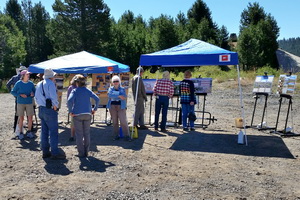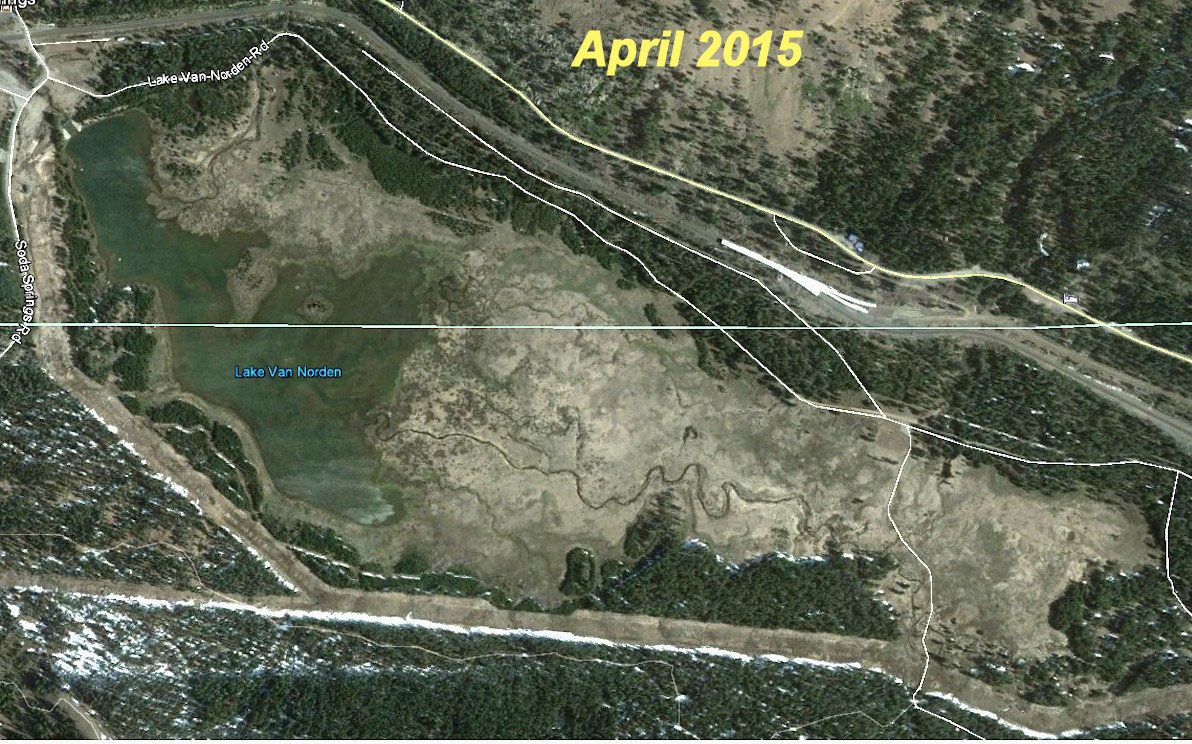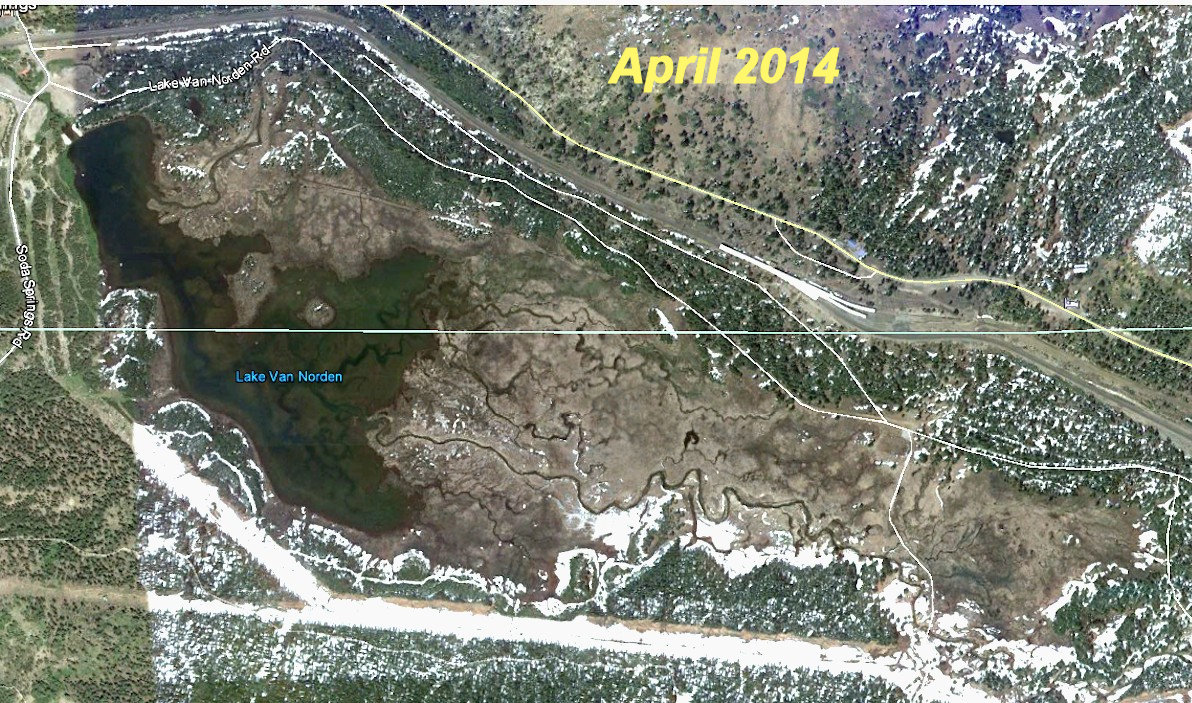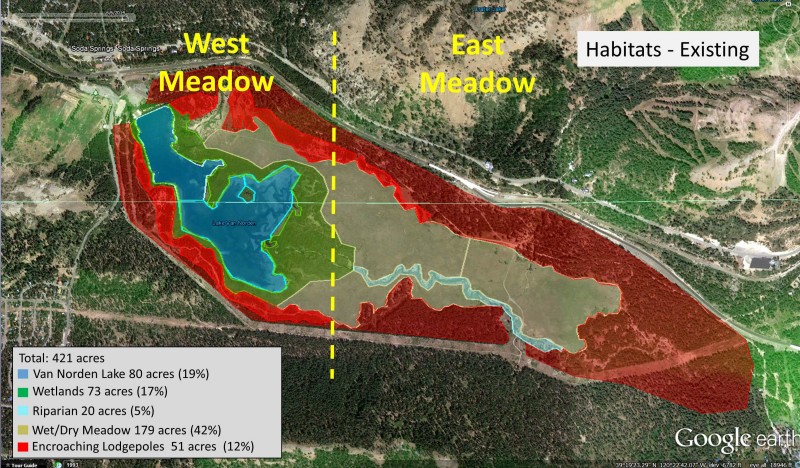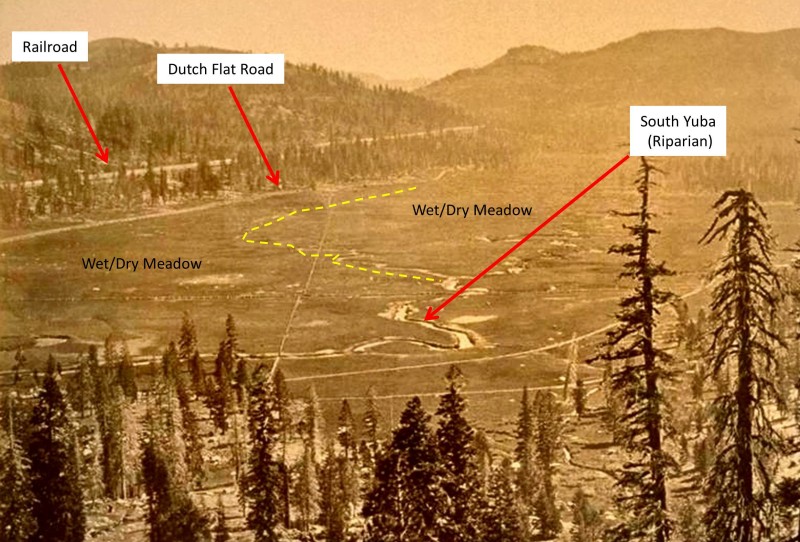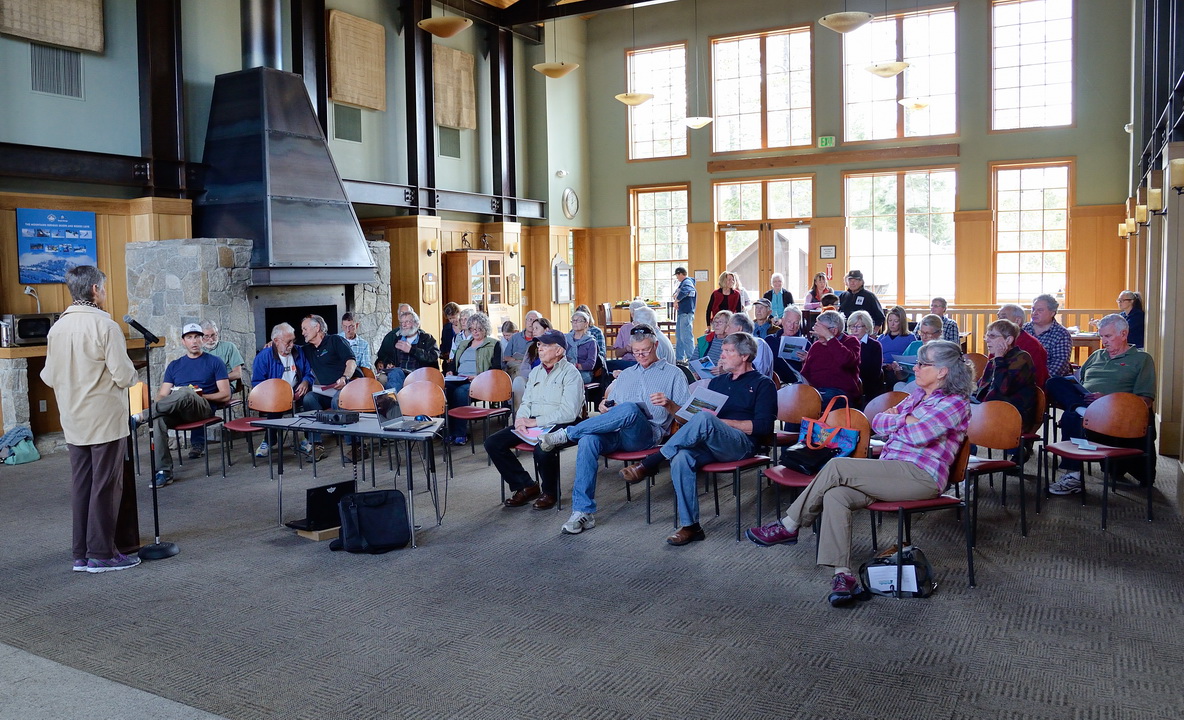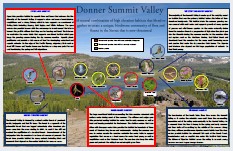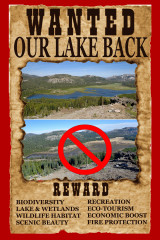From time to time some of you readers send in interesting emails that you have received on the subject of Van Norden Lake. We recently received one from someone that had received an email from the director of the Truckee Donner Land Trust (TDLT). The subject of the email was our publications about Van Norden Lake and wetlands and the direct quote described our postings as “absurd and unfounded assertions as science”. First, let us state that while much of the information we post references scientific sources we do not claim that our posts are scientific studies. The author of most of our posts, George Lamson, was a working scientist for 30 years and is well versed in the scientific process (see short bio below). However, the issues in this controversy have been much more political than scientific and for the most part require simple critical thinking and common sense rather than an extensive scientific background. Our organization realizes that all information should be considered critically and is only as good as the data that supports it. While we stand by the information that we present, we are always open to modifying the information if new valid data supporting the modification is discovered.
The accusation of “absurd and unfounded assertions” did pique our sense of irony. In the spirit of the pot calling the kettle black, we couldn’t help but marvel at the fact that many of the absurd and unfounded assertions that have been made in this controversy have in fact come from TDLT. In this and following posts we would like to address some of these assertions.
Water rights for a 49 acre-ft lake in the Summit Valley will cost between 7 and 15 million dollars
Our first absurd assertion was made in yet another email I received from a donor to the Land Trust. This donor had received the email from the Land Trust director as the reason that they were forced to drain the lake. We have discussed water rights in previous posts at this site (link1, link2, link3) and we would urge you to review those posts for more information. To put the absurdity of this statement into context, the total cost of the entire Royal Gorge acquisition by the Land Trust was 11.25 million dollars. We have consulted with prominent water rights attorneys in Sacramento that have given estimates in the 50 thousand dollar range for a successful application. The figure quoted by the Land Trust would be over 250x that figure. Does anyone really believe that rights to a miniscule 49 acre-ft of water would cost 15 million dollars?
We understand that obtaining water rights is an unanswered question at present. The fact is that no one really knows if water rights would be granted by the State Water Resources Control Board (WRCB) or how much the cost would be. We can make estimates based on similar situations but unless an application is filed, those estimates are speculative. Unfortunately, the Land Trust has failed to even file an application even though they were advised by the WRCB when they acquired the property (see this letter). Three years ago when the Land Trust was planning on keeping a 49 acre-ft lake, which was their first plan, they did not apply for water rights despite a request from WRCB. Had they done so it would probably not be issue right now. The application would either have been approved or not. While there is probably a good chance water rights would have been approved, it is possible that they would not have. In either case we would really know the answer.
 Unfortunately, the inaction of TDLT has led to yet another absurd situation. Due to their failure to address the water rights situation, this June the WCRB demanded that TDLT release all the water in Van Norden Lake (see this letter). At what must have been a significant cost to TDLT (that could have been better spent for a water rights application) they were forced to pump out the entire lake. The futility of this effort is that with the winter rains and spring melt the lake will fill again so that this nothing more than a bureaucratic exercise. This all could have been avoided if TDLT had taken the advice of the WRCB (see 2014 letter) and applied for water rights and filed the proper statements of diversion.
Unfortunately, the inaction of TDLT has led to yet another absurd situation. Due to their failure to address the water rights situation, this June the WCRB demanded that TDLT release all the water in Van Norden Lake (see this letter). At what must have been a significant cost to TDLT (that could have been better spent for a water rights application) they were forced to pump out the entire lake. The futility of this effort is that with the winter rains and spring melt the lake will fill again so that this nothing more than a bureaucratic exercise. This all could have been avoided if TDLT had taken the advice of the WRCB (see 2014 letter) and applied for water rights and filed the proper statements of diversion.
Probably the most disturbing aspect of this absurd assertion of a 7-15 million dollar cost is that it really had no basis in fact and appears to be an obvious scare tactic. We would reiterate our warning that the issues in this controversy have much more to do with common sense and critical thinking than science.

